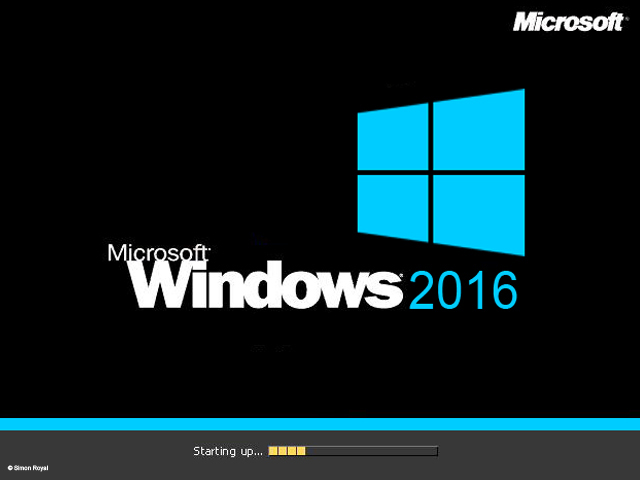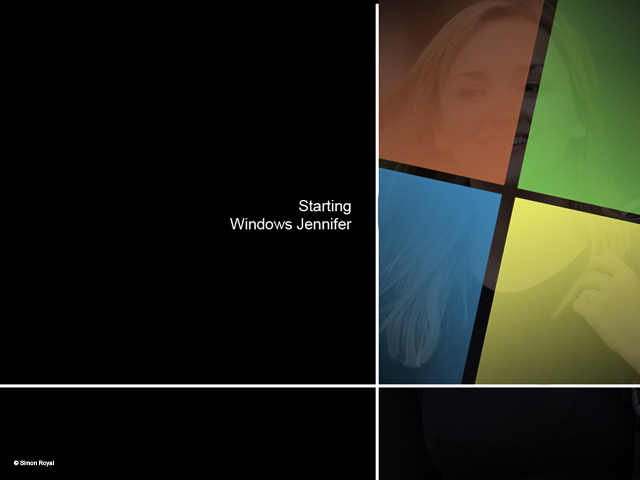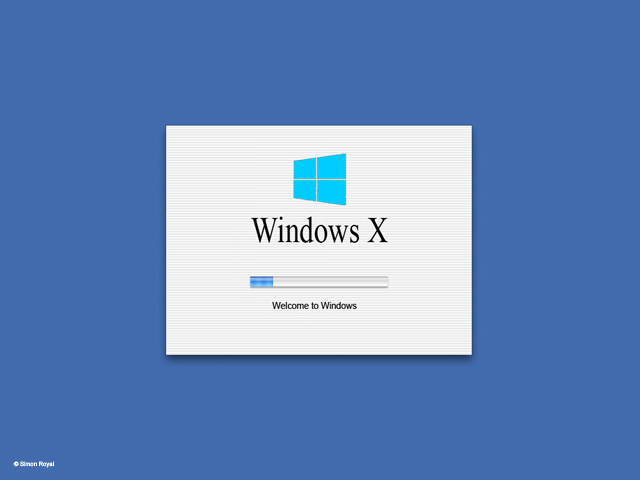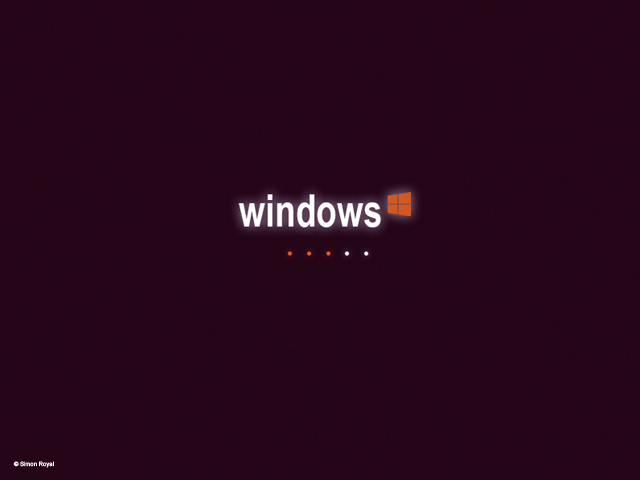Windows 9 might go some way to fix the mess that Windows 8 is, but could Windows 10 – or whatever they decide to call it – bring a whole new era for Microsoft, or just more of the same?
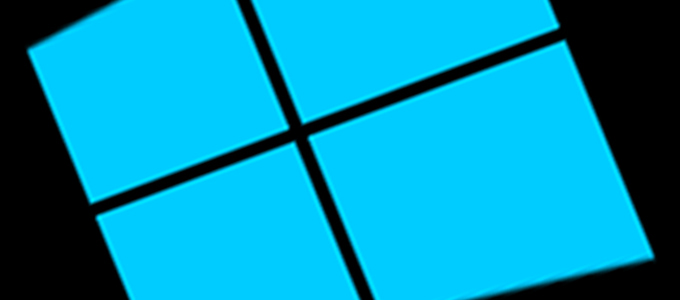
It’s no secret Windows 8 hasn’t been the success Microsoft was hoping for. The radical new look hasn’t gone down well even with the most hardcore Windows fans, with some refusing to upgrade and others installing third party tools to bring it back to as close as Windows 7 as they can get it. It’s not all bad, despite its ugly looks and frustrating removal or moving of common features, its biggest saving grace is it is very fast. It boots fast and it runs fast, even on moderate hardware.
Rumours are that Windows 9 – due for release in mid 2015 – should go someway to fix the mess by merging the best of classic Windows of the Vista and 7 era, with the “interface formerly known as Metro” from Windows 8 to produce a more user- and business-friendly experience. If they can pull it off, it hopefully could result in a working hybrid version of Windows and help Microsoft regain some of its former glory.
The new look Windows 8 style might be suited to smartphones and tablets, but it was big mistake pushing it on to the desktop with mouse and keyboard input. I think Microsoft should hold their hands up and admit defeat. The tile interface just doesn’t work.
This isn’t a Windows 8 bashing article; there are plenty of them around. This is looking into the future, past what Windows 9 might offer, at what Windows 10 could have in store and beyond, a look at how it could be named or marketed.
Windows 2016
Starting with Windows 95, Microsoft used years to name Windows with 95, 98, 2000, and even ME (a.k.a. Millenium). They then dropped the year naming trend, probably because it dates your software very quickly.
Imagine if XP had been called Windows 2001 when it was released, how old would that make it sound in 2014. So I doubt the version of Windows after Windows 9 will be called Windows 2016. Plus, if release gets delayed – like Vista did – it could be embarrassing to release Windows 2016 in 2017 or even 2018.
Windows Jennifer
With Windows XP and Vista, Microsoft switched to a naming system briefly. Perhaps Windows 10 could see a return to this.
Most versions of Windows had code names during development. Windows 95 was Chicago, Windows 98 was Memphis, Windows ME was Millenium, Windows XP was Whistler, Windows Vista was Longhorn, and Windows 7 was Blackcomb. Windows 2000 was an exception.
However, XP was the first to use a name for the final product, standing for ‘eXPerience’ with Vista following, which as far as I can tell doesn’t mean or stand for anything.
So could Microsoft dispense with the date range or numbering system and give it a cool name? Could Windows 10 become Windows Jennifer, after Bill and Melinda Gates youngest daughter, following in the Macintosh Lisa, which was named after Steve Jobs’ and Chrisann Brennan’s daughter.
Ditch Windows Name Altogether
In a radical shift, perhaps Microsoft could bury the Windows name altogether and call it something else. Introduced in 1985, Windows 10 would mark 30 years of the Windows name – perhaps time for a change.
Maybe Windows 10 might become Microsoft Phoebe, after Bill and Melinda Gates oldest daughter. Sorry but Microsoft Rory (their son) just doesn’t sound good for an operating system.
Breaking from the Windows branding could be a very dangerous thing. When Apple switched from OS 9 to OS X it kept the Mac OS branding, quietly dropping the Mac from Mac OS X with Mountain Lion and Mavericks simply being called OS X in literature and on the Apple site. Not exactly a rebrand.
A complete rebrand for Microsoft could be very damaging, with the average person thinking the new brand/operating system wouldn’t be compatible with Windows or even a Microsoft product.
Windows 10
Since Windows 7, they have used numbers, so it could well be called Windows 10. Hardly original, but at least practical and consistent and is probably the most likely.
Windows X
Apple switched from OS 9 to Mac OS X – partly because it was their tenth OS and partly because of its NeXTstep and Unix roots. Maybe Microsoft could jump on the X bandwagon with Windows X. It would give it a slightly mysterious edge.
X for a Different Reason
While the top half of this article has been mainly focused on what Microsoft will call the successor to Windows 9, there has been a lot of discussion about how a complete switch in the underpinnings of Windows might also be an option.
After all, Apple manage it, moving from processor platform every few years and migrating successfully with a fairly seemless crossover period for both systems like the Motorola 68k to PowerPC and PowerPC to Intel transition and with rumours that they could switch once again from Intel to ARM.
In a bold move, Microsoft could ditch the NT kernel and move to a Unix base or a hybrid of the two. This could ensure old software would work, but the task of making each piece of hardware both current and legacy work with a new base version of Windows is mammoth.
Current hardware could easily be taken care of, but it is older hardware where there is no incentive for companies to provide old hardware with new drivers. This could create a divide between old Windows and new Windows.
This may not be a bad thing. It could give Microsoft a semi-fresh start. Microsoft have done a brilliant job of keeping old hardware and software running on new machines because of the way Windows is designed. Software from Windows 2000/XP can easily run on Windows 8 hardware – most of the time without any tweaking. But it does mean even new Windows is essentially built on 20 year old methods, rejigged and patched for modern systems.
Scrapping Windows as we know it and rebuilding it with *nix base with a familiar look could bring it closer to Apple’s OS X and Linux – and eliminating the security risks that the current Windows base has attracted over the years.
Okay, this is an over simplified look at it. With an 85% market share, it risks the whole company going belly up and killing off the Microsoft legacy overnight if it doesn’t work. With such a hold on the computer world, it could spell doom for just about everybody.
However, you can’t tell me that the Microsoft R&D team haven’t played out such scenarios or planned ahead 10 years to see if its current Windows structure is the best way forward.
Buy Out Linux
Switching to a different base would be an enormous project, especially if it is built from the ground up by Microsoft, but perhaps they could adopt or buy out a major Linux player, add in the existing Windows front end/GUI for it to look like Windows – thus pleasing Joe Average – and then build a transition or emulation method in to it for existing Windows software.
This could see the whole computer world adopt a *nix base from Microsoft to Apple to Google.
Just More of the Same
Or we could could just see an extension of Windows 8, smoothed out in Windows 9 and continued in to Windows 10. The tiles could be here to stay and perhaps given enough time Windows users will cave in and embrace the horrible interface and look back at versions of Windows from 95 up to 7 and laugh at how the used a pop up Start Menu.
Windows & OS X Merger
One final option – which I hope doesn’t happen – is a possible merger. Microsoft is coming to the big number 10 with Windows, and Apple is facing version 10.10 with OS X.
With Microsoft slipping and Apple gaining ground, could they join forces. It is highly unlikely. With Microsoft’s massive user base and Apple’s knack for slick design and integration, it could be a force to reckon with, but personally I like Apple how it is.
Whatever happens, Microsoft have some tough times ahead.
If nothing else, I hope you enjoyed my screenshot mock ups.
Follow Simon Royal on Twitter or send him an Email.
Like what you have read? Send Simon a donation via Tip Jar.
keywords: #lowendpc #microsoft #windows10 #windows9 #phoebe #jennifer #windowsx #techspectrum #simonroyal
short link: http://goo.gl/1KuhMY
searchword: windows10

